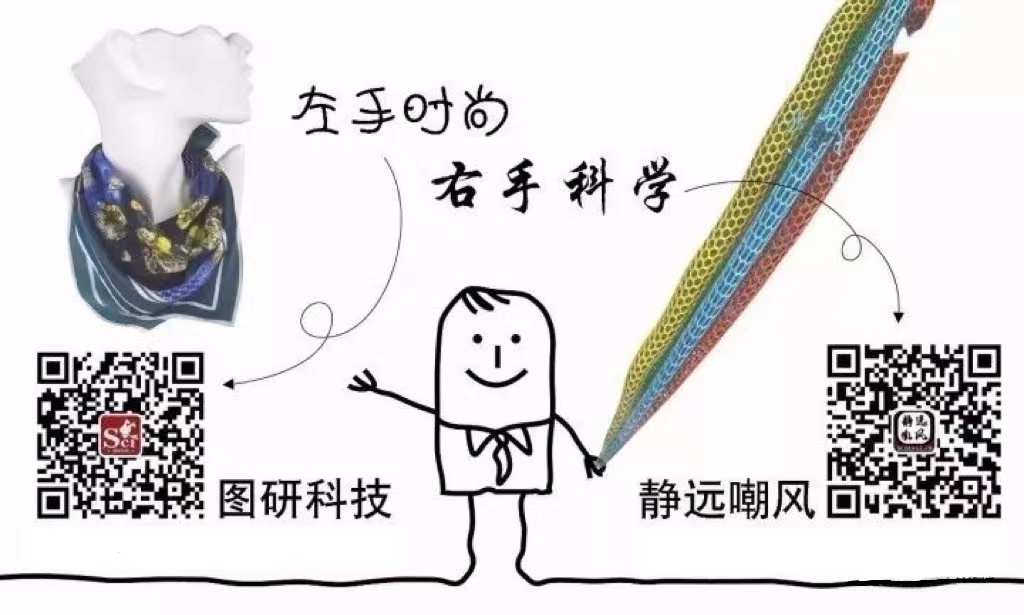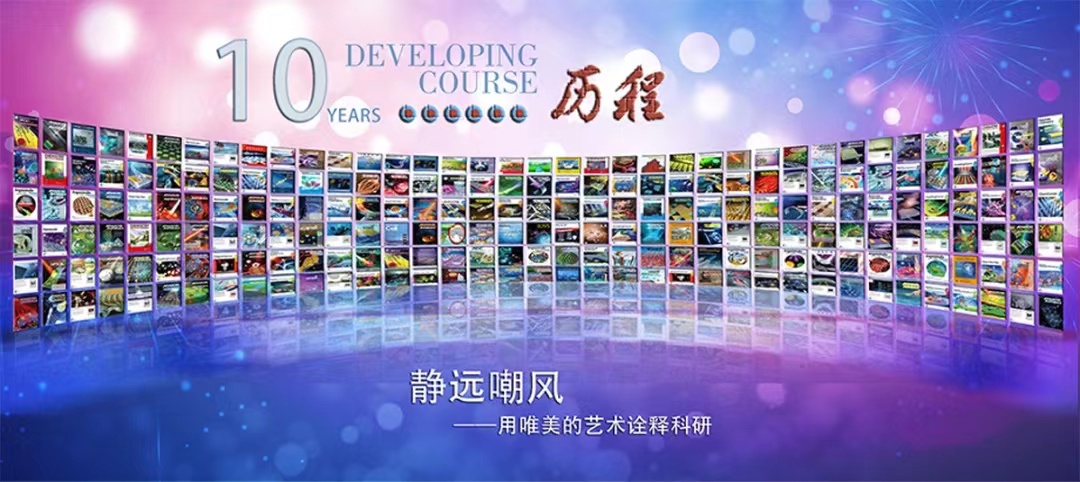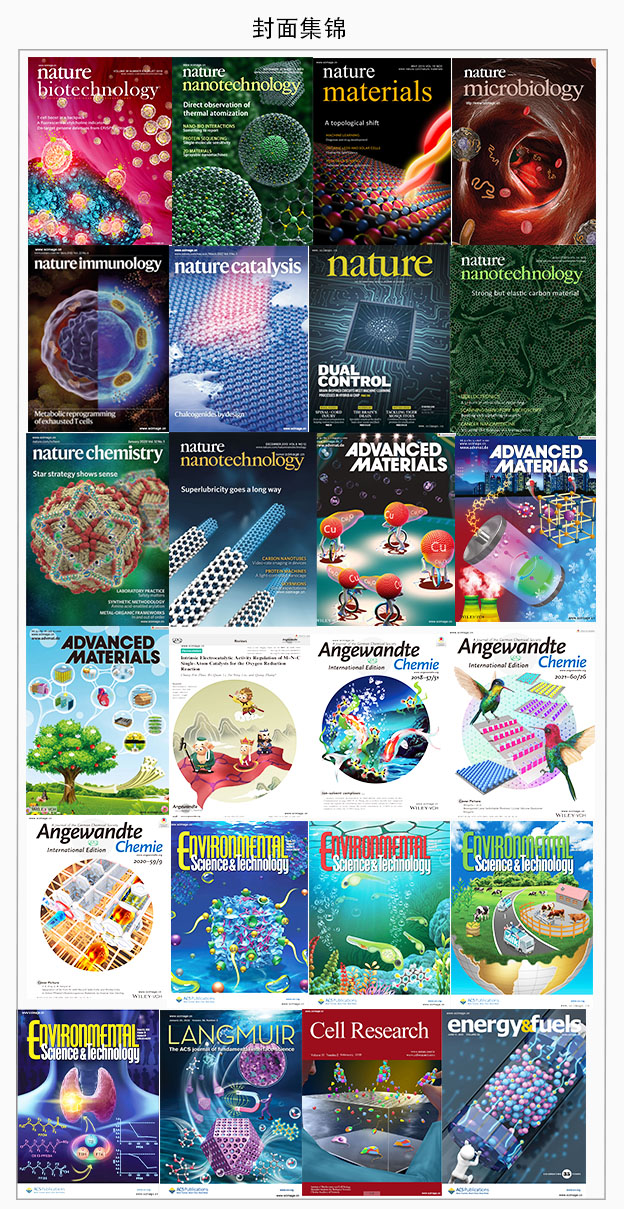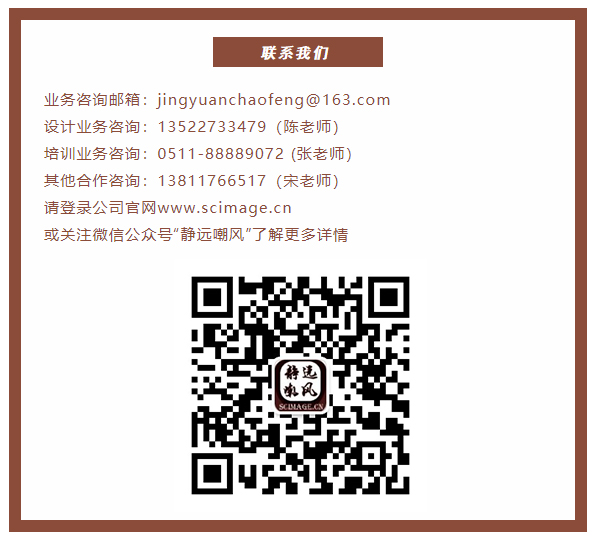博文
2013年静远嘲风封面合集(二)
||

▲ Vol 09 Issue 14 | July 22, 2013
Transistors: Charge Transfer and Current Fluctuations in Single Layer Graphene Transistors Modified by Self-Assembled C60Adlayers (Small 14/2013)
Rui Wang,Shengnan Wang,Xiaowei Wang,Jakob A. S. Meyer,Per Hedegård,Bo W. Laursen,Zhihai Cheng,Xiaohui Qiu
The flicker noise in a ‘fullerene + graphene’ hybrid transistor is measured by X. H. Qiu and co-workers on page 2420 to reveal the electrical coupling between its graphene channel and C60adsorbates. The charge associated with the trapping and detrapping processes at the C60/graphene interface induces current fluctuations in the device. The temperature-dependent noise characteristics indicate that the two contributions are related to Coulomb scattering and charge-exchange kinetics. This represents a practical template for developing graphene-based biosensors and nanoelectrodes.
http://onlinelibrary.wiley.com/doi/10.1002/smll.201370078/abstract

▲ Vol 09 Issue 09-10 | May 27, 2013
Carbon Nanotubes: Short Multiwall Carbon Nanotubes Promote Neuronal Differentiation of PC12 Cells via Up-Regulation of the Neurotrophin Signaling Pathway (Small 9–10/2013)
Li Meng,Rui Chen,Aihua Jiang,Liming Wang,Peng Wang,Chen-zhong Li,Ru Bai,Yuliang Zhao,Herman Autrup,Chunying Chen
The front cover image for this special issue was provided by C. Chen and co-workers. CNTs show good biocompatibility, and can be used to modulate neurite outgrowth in culture and in vivo. Positive effects such as promoting regeneration and differentiation can be initiated by up-regulating cellular uptake and exocytosis. On page 1786 it is shown that shorter carboxyl-terminated multiwall carbon nanotubes (MWCNTs) demonstrate higher cellular uptake by PC12 cells and more obvious exocytosis compared to longer ones. Incubation of PC12 cells with carboxylated MWCNTs does not affect cellular morphology or viability at lower concentrations.
http://onlinelibrary.wiley.com/doi/10.1002/smll.201370052/abstract

▲ Vol 09 Issue 02 | January 28, 2013
Photoswitches: High Performance Photoswitches Based on Flexible and Amorphous D–A Polymer Nanowires (Small 2/2013)
Yao Liu,Haifeng Wang,Huanli Dong,Lang Jiang,Wenping Hu,Xiaowei Zhan
Polymer nanowire photoswitches are integrated with flexible micro-optoelectronic panels by W. Hu, X. Zhan, and co-workers. On page 294, donor–acceptor polymer (PFTBT) nanowires are prepared on a large scale using a simple template-dipping method. The PFTBT individual nanowire photoswitches exhibit a photoresponsivity of 1700 mA W−1 and a photoswitch ratio of 2000 under a light intensity of 5.76 mW cm−2 and a driving voltage of 40 V. Even at low driving voltages of 2 V or with the nanowires bent at nearly 90 degrees, these devices exhibit highly reproducible on/off cycles with photoswitch ratios of over 200. Image designed by Y. Liu and X. Zhan, created using My SCImage.
http://onlinelibrary.wiley.com/doi/10.1002/smll.201370009/abstract

▲ Vol 09 Issue 09-10 | May 27, 2013
Proteins: Biosafety and Bioapplication of Nanomaterials by Designing Protein–Nanoparticle Interactions (Small 9–10/2013)
Sheng-Tao Yang,Ying Liu,Yan-Wen Wang,Aoneng Cao
When nanomaterials (NMs) enter biosystems, they interact with various biomolecules, especially proteins, forming a protein corona on the surface. Understanding how nanoparticles (NPs) interact with proteins is crucial for bioapplications and for the biosafety of NMs. On page 1635, A. Cao and co-workers summarize the current understanding of protein–NP interactions. Guidelines for improving bioapplication performance and reducing the potential biosafety hazard of NMs by designing the protein–NP interactions are discussed, along with future directions and challenges in this exciting field.
http://onlinelibrary.wiley.com/doi/10.1002/smll.201370053/abstract

▲ Vol 23 Issue 24 | June 25, 2013
Biomedical Applications: Imaging-Guided pH-Sensitive Photodynamic Therapy Using Charge Reversible Upconversion Nanoparticles under Near-Infrared Light (Adv. Funct. Mater. 24/2013)
Chao Wang,Liang Cheng,Yumeng Liu,Xiaojing Wang,Xinxing Ma,Zhaoyi Deng,Yonggang Li,Zhuang Liu
Smart charge-reversible upconversion nanoparticles are reported on page 3077 by Zhuang Liu and co-workers for pH-responsive, in vivo, near-infrared light excited photodynamic therapy. While stable under normal physiological pH, highly sensitive acid-induced charge conversion of the nanoparticles is observed in a slightly acidic tumor microenvironment, resulting in significantly enhanced cellular internalization of nanoparticles and remarkably improved photodynamic cancer cell killing in vitro and in vivo.
http://onlinelibrary.wiley.com/doi/10.1002/adfm.201370119/abstract

▲ Vol 25 Issue 22 | June 11, 2013
Biomedical Applications: Single Continuous Wave Laser Induced Photodynamic/Plasmonic Photothermal Therapy Using Photosensitizer-Functionalized Gold Nanostars (Adv. Mater. 22/2013)
Shouju Wang,Peng Huang,Liming Nie,Ruijun Xing,Dingbin Liu,Zhe Wang,Jing Lin,Shouhui Chen,Gang Niu,Guangming Lu,Xiaoyuan Chen
Chlorin e6-conjugated gold nanostars (GNSPEG-Ce6) are constructed by X. Chen, G. Lu, and co-workers on page 3055 as a novel theranostic system for imaging, and photodynamic and photothermal therapy. Utilizing the difference in photostability between chlorin e6 and gold nanostars, GNS-PEG-Ce6 can coordinate the early-phase photodynamic effect with the late-phase photothermal effect upon single wavelength continuous wave laser irradiation. With significantly improved anti-cancer efficacy and simplified treatment process, the GNS-PEGCe6 formula shows high potential for translation into clinical practice to treat cancer patients.
http://onlinelibrary.wiley.com/doi/10.1002/adma.201370142/abstract

▲ Vol 25 Issue 08 | February 25, 2013
Nanowires: Bandgap-Graded CdSxSe1–x Nanowires for High-Performance Field-Effect Transistors and Solar Cells (Adv. Mater. 8/2013)
Liang Li,Hao Lu,Zongyin Yang,Limin Tong,Yoshio Bando,Dmitri Golberg
Bandgap-graded CdSxSe1−xnanowires are utilized by Liang Li and co-workers on page 1109 for high-performance field-effect transistors and Schottky solar cells. The photovoltaic mechanism is ascribed to the Schottky junction effect and the “type II” band structure which maximizes the driving force for the injection of photoexcited electrons into the CdS through CdSxSe1-x from the CdSe by creating an optimized band alignment.
https://onlinelibrary.wiley.com/doi/10.1002/adma.201370047
<静远嘲风动漫传媒科技中心>设计制作

购书链接:
☆科学的颜值:学术期刊封面故事及图像设计
https://item.jd.com/12802188.html
☆科技绘图/科研论文图/论文配图设计与创作自学手册:CorelDRAW篇
https://item.jd.com/13504674.html
☆科技绘图/科研论文图/论文配图设计与创作自学手册:Maya+PSP篇
https://item.jd.com/13504686.html
☆科技绘图/科研论文图/论文配图设计与创作自学手册:科研动画篇
https://item.jd.com/13048467.html#crumb-wrap


静远嘲风(MY Scimage) 成立于2007年,嘲风取自中国传统文化中龙生九子,子子不同的传说,嘲风为守护屋脊之瑞兽,喜登高望远;静远取自成语“宁静致远”,登高莫忘初心,远观而不可务远。



https://m.sciencenet.cn/blog-519111-1362861.html
上一篇:2013年静远嘲风封面合集(一)
下一篇:秋